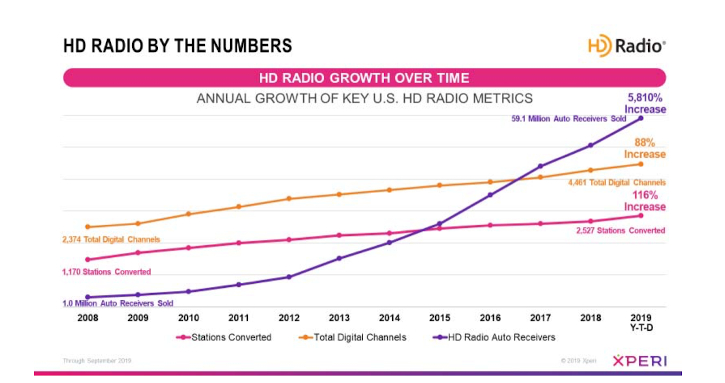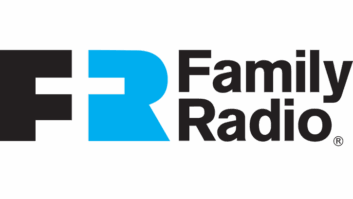Calling it unfinished business from seven years ago, the NAB and NPR joined Xperi, parent company of HD Radio, in asking the FCC to allow FM stations to operate with asymmetric sideband power levels without going through the hoops of asking for experimental authority.
They have asked the FCC to initiate a rulemaking to that end, saying it would advance the nation’s voluntary deployment of digital radio and improve digital FM service for listeners.

They cite the number of radio stations that have been converted to digital broadcasts — some 2,500 stations offering more than 2,190 additional multicast channels HD Radio. By authorizing asymmetric sideband operation on a routine basis, stations would be able to maximize HD Radio service coverage areas to replicate their analog as much as possible within existing digital power limits, the organizations told the FCC.
In the FCC’s First Report and Order in the digital radio proceeding, the commission authorized FM stations to operate with digital effective radiated power equal to 1% of analog power (or -20 dBc). That was modified in 2010 when all FM IBOC stations received authority to operate at -14 dBc. Today, the accepted current formula uses symmetric sidebands for all calculations, which the filers said eliminates a viable path for many stations to increase power on at least one sideband.
[Read: Xperi Seeks Bigger Role in Alerting]
Even though there was little opposition to permanent authorization of asymmetric digital sideband operation in a previous comment cycle in 2012, the FCC has taken no further action on the matter, the filers said.
“As the commission considers the next steps toward its goal of creating an all- digital radio broadcast environment, it can strengthen the existing digital radio ecosystem and facilitate the continued growth of digital radio by addressing an important matter left unresolved in the prior rulemaking,” the three said.
“Authorization of asymmetric sidebands will help stations improve reception of HD Radio services at minimal cost to them or to the commission.”







